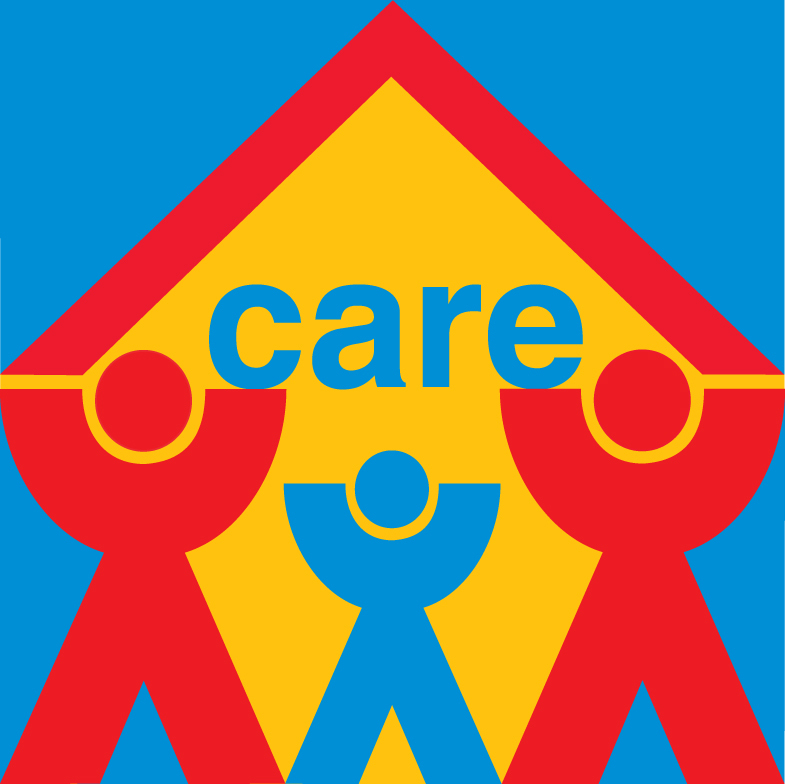 Close to 80 percent of people hired as direct care workers come to the agency through one manager. So I sat down to talk with him about what it takes to work here and what someone might expect when they pick a career at Ranch Ehrlo.
Close to 80 percent of people hired as direct care workers come to the agency through one manager. So I sat down to talk with him about what it takes to work here and what someone might expect when they pick a career at Ranch Ehrlo.
*side note* In 2016 Ranch Ehrlo changed its staffing model to reduce the over reliance on casual staff who fill in for staff vacation. They moved to using permanent Multiple Program Workers (MPWs). Most new hires start in this program.
Interview with Wally Botkin, multiple program manager
What is your job at Ranch Ehrlo?
W: I do most of the hiring for casuals and MPWs at Ranch Ehrlo. I bring new people into the agency and then design the schedule to ensure that there is adequate coverage for all staff when they take vacation, and the staff covering are qualified, able to work, and continue the high level of care with the clients.
What is the difference between a casual and an MPW?
W: The difference is that an MPW is a full-time employee with full-time benefits who makes the commitment to training. They are used to cover off shifts in the different houses. Casuals cover shifts too but they have no set hours, and this is probably not their primary job, or they are students. By creating the MPW position we were able to offer more employees full-time positions where they could then eventually syphon off into different programs at the Ranch in three, four, or six months.
It must be hard for MPWs going into different programs with different staff and clients?
W: I think it is like a security blanket - they have the stability of a full-time job, but it gives them an opportunity to see all the different houses. The programs all have the same goals and procedures, but each house runs a little bit different. I encourage them to take it as an opportunity to find where they best fit.
In an average day, how many people are you moving around?
W: Twenty would be an average but I can’t take credit for that, Krista (the central scheduler) does that. Vacation requests in the residential programs come in as blocks in different time frames in the year. Krista and I go through and make a plan about how we will cover off the agency and then there is always changes. It’s like putting together a puzzle where the picture keeps changing.
Is the new staffing model working?
W: I think so. New people are coming in and they are getting the experience which makes it a lot easier for them to transition to a permanent house. Managers have taken a vested interested in making sure the MPWs are taking the training on site and getting everything they need to be successful because they know there is a good chance that they could be working full-time in their house at some point.
What are you looking for in a hire?
W: I’m constantly looking at resumes for new people to figure out who would be a good fit. I’m in a unique position; I have worked in various program models across the agency (including youth and adult with developmental disabilities programs) so I have a good understanding of what all the different areas need. It’s not a one size fits all kind of job. Some people work better in different areas, working with different clientele with different reasons for service. You also must be a jack off all trades to be a successful MPW – one day you could be working with youth and the next with adults.
What are you looking for specifically in a resume?
W: Looking at a resume is tough because its just a sheet of paper. I’m really looking for someone who has experience or education in the human service industry; or people like coaches or community volunteers. Those are the people that get the interviews. Then you look for people that are excited by this kind of work. We have great training system and programs. If we have someone with the right motivation and the right frame of mind, we can get them the skills they need.
So, a person gets hired, then what?
W: They do two observation day shifts, and one observation night shift. During these shifts they shadow other team members. It sometimes happens that people are excited and can’t wait to get started and then they do an observation shift and it wasn’t what they thought it would be. This isn’t a job where just anyone to come in, it takes the right kind of person to do it.


